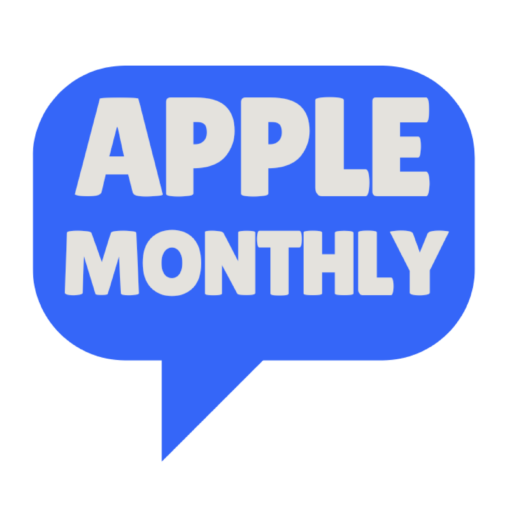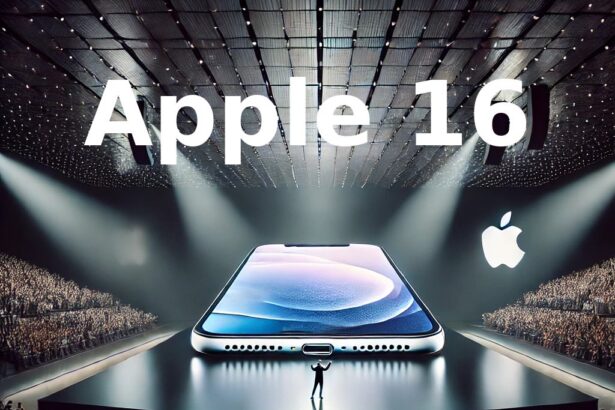Earlier today, I found myself comparing the potential impact of rumored devices: the iPhone Slim, the iPhone 16, and the iPhone Air. From a marketing perspective, these are all great names that Apple can employ. However, doubling down on what worked in the past, the iPhone Air may be Apple’s next big thing. To understand more, let’s look at how we got here.
Apple chose the word “Air” for its products to highlight lightness, thinness, and portability. It started with the MacBook Air in 2008, which was marketed as the world’s thinnest laptop. The name emphasizes the laptop’s sleek design and how easy it is to carry. “Air” indicates that the product is not just functional but also elegant and refined.
It also signals innovation, showing that Apple has created something advanced yet effortless to use. This branding was successful, so Apple expanded it to other products like the iPad Air. Overall, “Air” reflects Apple’s focus on delivering powerful devices that are lightweight and stylish.
Why Apple May Choose the Name ‘iPhone Air’
It’s likely that Apple will choose the name “iPhone Air” to align with its existing “Air” branding. Naming a new, slim iPhone “Air” would say to consumers that this model is not just another iPhone but one that embodies the design philosophy of being thinner, lighter, and more refined.
It also leverages the positive connotations and brand recognition already established by the MacBook Air and iPad Air, signifying that this iPhone is part of a premium, high-quality product line focused on portability and elegance.
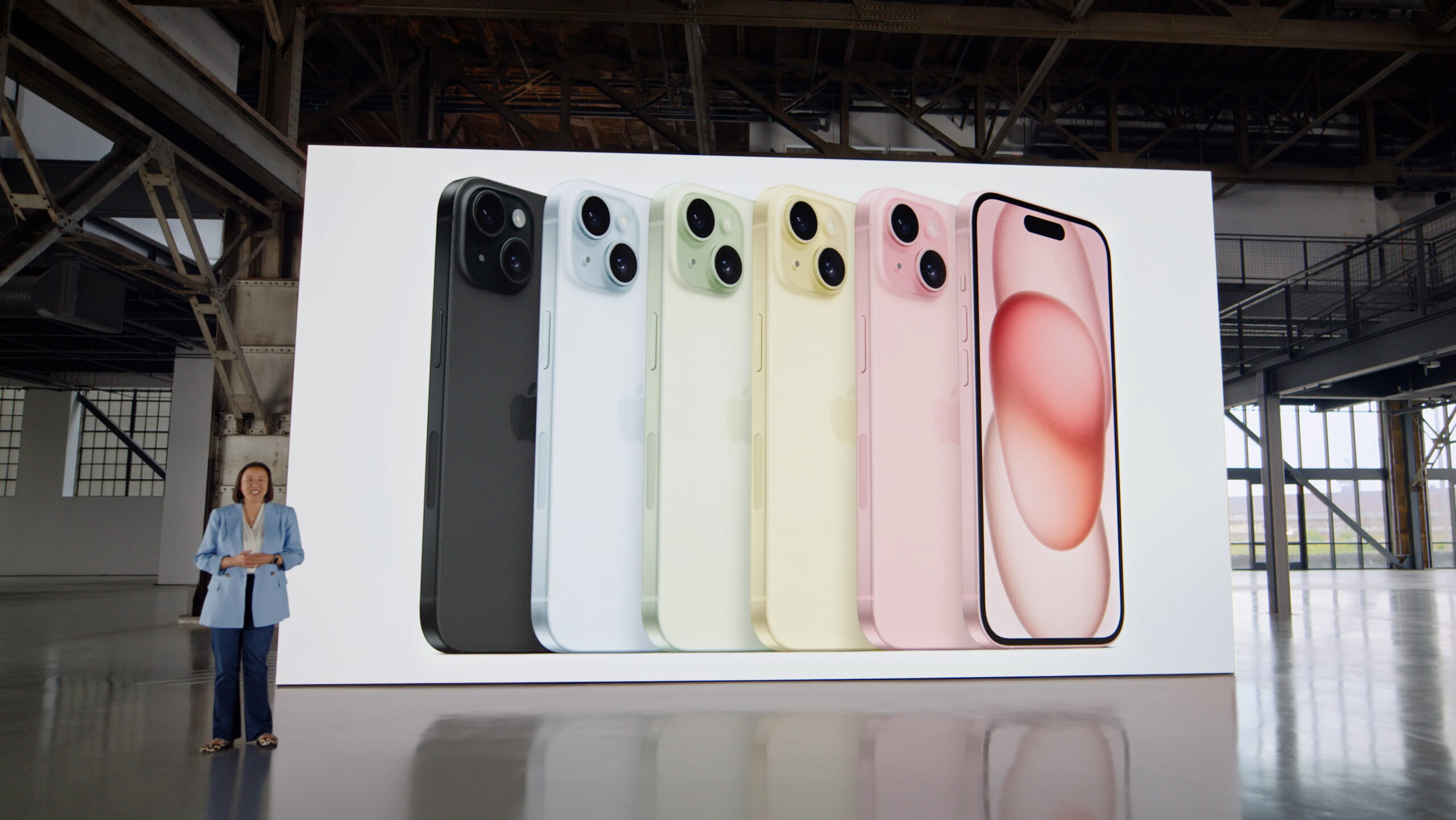
Additionally, the “Air” name would differentiate it from other iPhone models and position it as a unique option for consumers. These users may look for a sleek design without necessarily needing the high-end features of the Pro models. This could also appeal to a broad audience, including those who appreciate both form and function in their devices.
Features to Expect in iPhone Air
If Apple were to create an iPhone Air, we might expect several unique features inspired by the MacBook Air’s design and functionality. First, the iPhone Air would likely be extremely lightweight and thin, making it easy to carry and handle. It could adopt a minimalist design with premium materials, similar to the MacBook Air’s aluminum chassis, giving it a modern and elegant look.
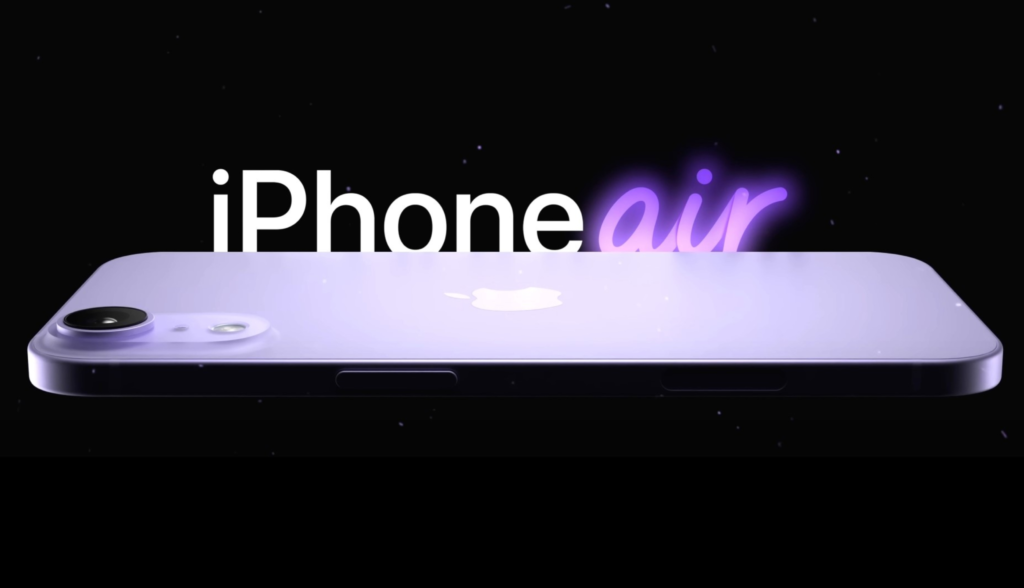
The iPhone Air might also incorporate advanced display technology, such as a high-resolution Retina display or a new form of OLED panel, ensuring vibrant colors and sharp images. It could feature powerful yet efficient hardware that balances performance with battery life, similar to how the MacBook Air combines power with portability. We might also see a simplified feature set that emphasizes usability over complexity, appealing to users who prefer straightforward functionality.
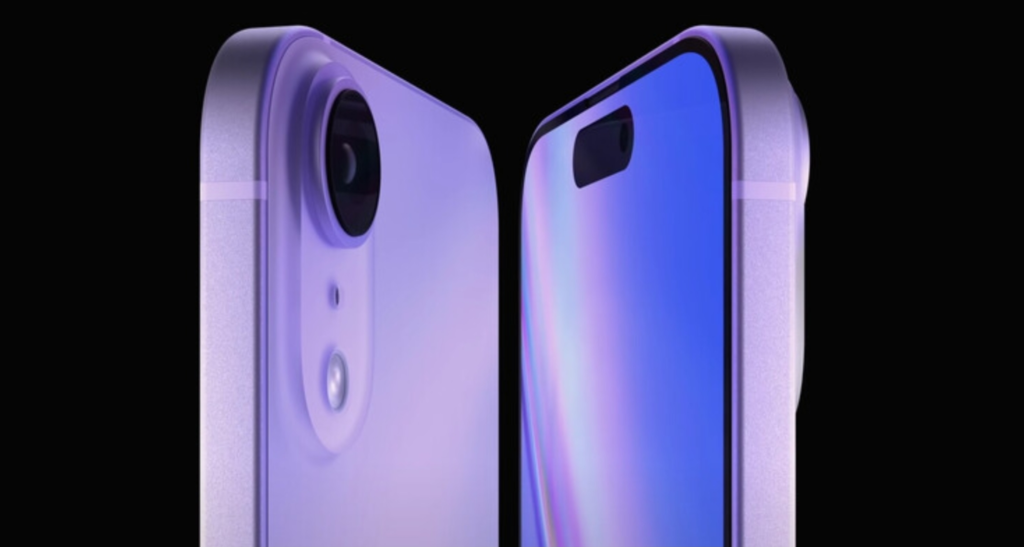
Furthermore, the iPhone Air could prioritize connectivity features, such as improved wireless capabilities, seamless integration with other Apple devices, and potentially 5G support. Finally, while still offering premium features, the iPhone Air could be priced lower than the Pro models, making it an attractive option for a wider range of consumers. These features would align with the “Air” branding, emphasizing a stylish, lightweight, user-friendly, and efficient device.
Longest Battery Life on an iPhone–Very Likely
Lastly, the “Air” could also mark Apple’s push for the longest battery life on an iPhone. As of now, the iPhone 15 Plus has the longest battery life of any iPhone. It comfortably surpasses the 14-hour mark in battery tests. However, the iPhone 15 Pro Max is a close second and offers excellent battery life as well. Since battery efficiency is expected to be a focus, the Air could also provide longer usage time between charges, much like the MacBook Air’s long battery life.
One thing is for sure–something big (and exciting) is on the way for Apple. Recently, we wrote a story on Apple’s plans to increase iPhone 16 production by 10% this year, targeting 90 million units in anticipation of strong sales. We shared news that the world’s largest iPhone factory was operating at full capacity, adding 50,000 workers in the past two weeks.
